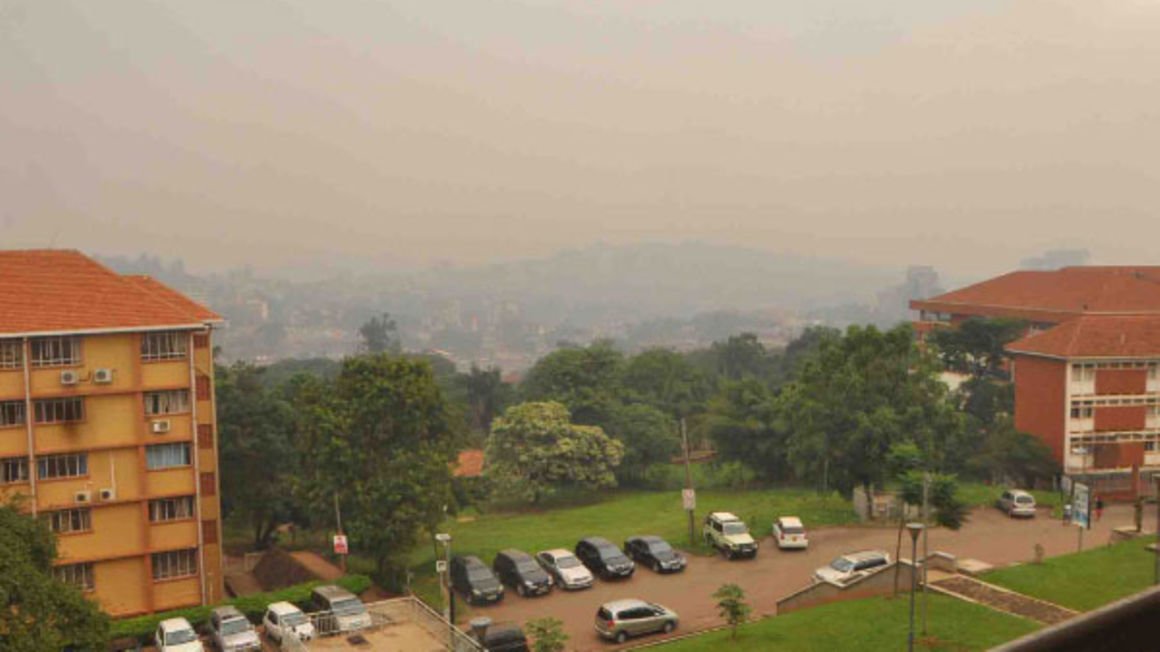Address cause of high air pollution levels

A hazy sky above Kololo hill in Kampala recently. PHOTO | STEPHEN OTAGE
What you need to know:
- The issue: Air pollution
- Our view: According to WHO, ambient air pollution accounts for an estimated 4.2 million deaths per year due to stroke, heart disease, lung cancer and chronic respiratory diseases and around 91 per cent of the world’s population lives in places where air quality levels exceed WHO limits.
It transpired this week that residents of Kampala have been exposed to air quality levels at least three times higher than the World Health Organisation (WHO) limit, and in some cases, up to at least five times the allowable and healthy limit. Smoggy skylines have been observed in some towns in the country.
On February 7, Kampala Capital City Authority tweeted results from 23 air quality monitors across the city indicating that average articulate matter (PM 2.5) had been at 75 micrograms per cubic meter in the preceding 28 days, which is three times higher than the WHO limit.
Particulate matter (PM) is the sum of all solid and liquid particles suspended in air, many of which are hazardous to human health. PM2.5 are the fine inhalable particles composed of sulphate, nitrates, ammonia, sodium chloride, black carbon, mineral dust and water.
Particles with a diameter of less than 10 microns (PM10), including fine particles less than 2.5 microns (PM2.5) pose the greatest risks to health, as they are capable of penetrating peoples’ lungs and entering their bloodstream.
Sources of PM include combustion engines (both diesel and petrol), solid-fuel (coal, lignite, heavy oil and biomass) combustion for energy production in households and industry, as well as other industrial activities (building, mining, manufacture of cement, ceramic and bricks, and smelting).
This is indeed an alarming state of affairs and a sad slide backwards since reports indicate that air quality had improved by at least 40 per cent during last year’s lockdown imposed to slow the spread of Covid-19 in the country.
Experts have named the biggest drivers of air pollution as emissions from industries, motorised transport and cooking using biomass or wood fuel. Silica from roads, which are not tarmacked, has also been mentioned as a contributing factor. This is in spite of Nema’s reassurance that industries are well-regulated and are, therefore, not a big part of the problem.
The problem of air pollution requires urgent solutions and through investigation as it has direct impact on our lives and if left to fester can cause epidemics of its own.
According to WHO, ambient air pollution accounts for an estimated 4.2 million deaths per year due to stroke, heart disease, lung cancer and chronic respiratory diseases and around 91 per cent of the world’s population lives in places where air quality levels exceed WHO limits.




